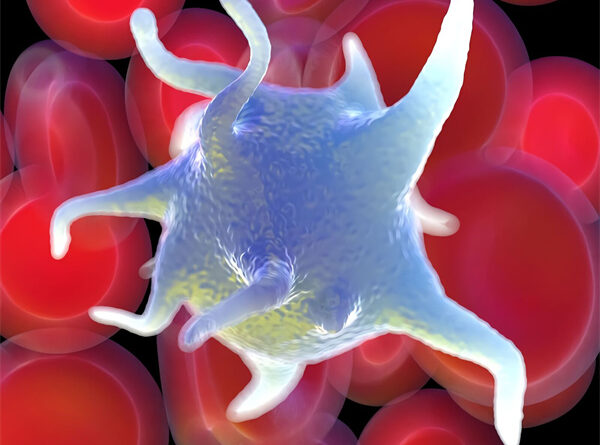Platelet-rich plasma (PRP) therapy has gained popularity as a non-surgical treatment option for various conditions, including orthopedic injuries, dermatological issues, and hair loss. PRP contains a high concentration of platelets, growth factors, cytokines, and other bioactive molecules that can promote tissue healing and regeneration. However, the concentration of platelets in PRP can vary depending on the preparation method, which can affect the efficacy of the therapy. In some cases, it may be necessary to adjust the concentration of platelets in PRP using platelet-poor plasma (PPP). In this article, we will discuss how to adjust the concentration of platelet-rich plasma with platelet-poor plasma.
What is Platelet-Poor Plasma (PPP)?
Platelet-poor plasma (PPP) is the plasma fraction of whole blood that contains low levels of platelets. It is obtained by centrifuging whole blood at a low speed to separate the plasma from the red blood cells and platelets. PPP is commonly used as a control or diluent for PRP therapy and can also be used as a source of bioactive molecules for other medical procedures.
Why Adjust the Concentration of Platelet-Rich Plasma with Platelet-Poor Plasma?
The concentration of platelets in PRP can vary depending on the preparation method, which can affect the efficacy of the therapy. In some cases, the concentration of platelets in the PRP may be too high or too low for optimal therapeutic effects. Adjusting the concentration of platelets in PRP using platelet-poor plasma can help achieve the desired concentration for specific medical procedures. For example, lower concentrations of platelets may be more suitable for certain dermatological issues, while higher concentrations may be more appropriate for orthopedic injuries.
How to Adjust the Concentration of Platelet-Rich Plasma with Platelet-Poor Plasma?
To adjust the concentration of platelet-rich plasma with platelet-poor plasma, the following steps can be taken:
Collect Whole Blood
The first step is to collect whole blood from the patient. The blood is collected using a standard blood collection kit, and the amount of blood collected will depend on the desired volume of PRP.
Prepare PRP
The second step is to prepare PRP using a standard PRP preparation method. This involves centrifuging the whole blood at a specific speed and time to separate the plasma from the red blood cells and platelets. The resulting PRP should be collected in a sterile container.
Measure Platelet Concentration
The next step is to measure the concentration of platelets in the PRP using a hemocytometer or an automated cell counter. This will help determine the amount of platelet-poor plasma needed to adjust the concentration of platelets.
Add Platelet-Poor Plasma
The final step is to add the required amount of platelet-poor plasma to the PRP to adjust the concentration of platelets. The platelet-poor plasma should be added slowly while mixing to ensure uniform distribution. The mixture should then be centrifuged again to ensure that the platelets are evenly distributed.
Conclusion
Adjusting the concentration of platelet-rich plasma with platelet-poor plasma is a simple and effective way to achieve the desired concentration of platelets for specific medical procedures. By adjusting the concentration of platelets, practitioners can optimize the therapeutic effects of PRP therapy for different conditions. However, it is important to note that the ideal concentration of platelets in PRP may vary depending on the medical condition being treated and should be determined on a case-by-case basis.








